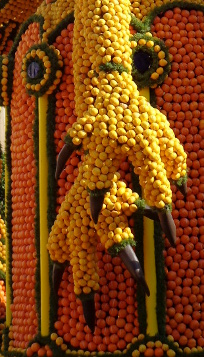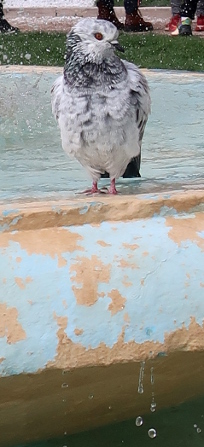

A global archive of independent reviews of everything happening from the beginning of the millennium
Read our Copyright Notice click here
For publication dates click here

GRAVNER
Reviewed by ANDRE BEAUMONT
At the beginning of December 2022, I went to a wine tasting with a difference.
There were only four wines - Ribello IGT V.G. 2014, Ribello IGT V.G. 2011, Ribello IGT V.G. 2007, all technically white wines but really amber orange, and Vino Rosso Breg 2007 made of Pignollo grapes.
This was Gravner and the method of making wines was what was all important. The whole tasting was about this.
Mateja Gravner, daughter of pioneer Josko Gravner, came to talk and present the wines.
The vineyard, started in 1901, is on the Italy/Slovenia border, 20 kms from the sea, 40 kms from the mountains and at an elevation of 150-200m.
Due to the politics of the border, though their 15 hectares have remained static, her ancestors have had to change passports and nationalities three times. The vineyard can now be found in Italy.
After a visit to Napa Valley in the eighties to see the future of wine, Josko Gravner took the opposing winds.
Till then the wine was fermented in steel. He moved to 220-280 litre barrels. Trees were restored between parts of the vineyard. Old fruit tree varieties were introduced.
Artificial nests were made for birds. Artificial clear water ponds were made where birds could drink and splash. Birds are discouraged elsewhere in viticulture as they might eat the grapes. These ponds encouraged frogs and other wildlife. If birds could drink they no longer needed to eat fruit as a source of liquid.
Ribolla is a local grape, acclimatised to the terroir. From 2008 the whites no longer contained other varieties and the use of Breg ceased.
Biodynamic production was pursued. The aim was clean grapes - meaning no chemicals.
Experimentation with amphora began. These needed to be of clay that contained no cadmium or other heavy metals. These were eventually sourced in Georgia, a difficult location to visit due to war.
2012 became the last vintage in oak; thereafter it was skin contact maceration in amphora. The wine lies 6-7 months on the skins, 6-7 years in barrels and 6-7 months in bottles before being released.
Sediment is left to sink naturally. There is no fining. It is an historic way of making wine. The micro-organisms are still alive and restart activity in the stomach in a beneficial way.
Time is taken. A vintage had natural botrytis and was bottled last December - very late.
The Georgian amphora can be up to 2000 litre capacity each but the property only produces 25,000 - 35,000 bottles a year to keep up the quality. The amphora are 2-4 cms thick.
The amphora are buried in the soil of the cellar. The walls and roof are supported on piles so the soil of the cellar is connected to the soil outside.
Buried down, the amphora stay cool - the temperature varies with the time of year and the vintage but it is never checked. The temperature variations of nature take their course.
Carbon dioxide from wine making is allowed to sink into empty amphora in the floor and this is said to help slow processes.
The 2007 was the first vintage to take 7 years. Some vintages are not released for 14 years, some omitted. The production is biodynamic but no certification of organic status is sought.
The whites were amber orange but I could tell less about vintage and alcohol content by looking at the wine in the glass than with most wines. The wines neither look nor taste thin and they are not. They look a treat but they are dry.
The 2014 amphora-only vintage, of 22,000 bottles, is still young and will be ready in about 5 years. The vintage was noble rot affected but the wine is dry. It has normal levels of alcohol in contrast to the 2011 which, just now, I rate as similar quality. It could be drunk now as an aperitif and is very good.
It is during the 6 to 7 years that the wines balance themselves before bottling.
The 2011 is also dry but has a whopping 15.5% alcohol, a level you would not realise on the palate or in the glass without being told. This vintage of 32,000 bottles, which is not amphora-only, will keep a long time in the bottle, improving.
All three whites should not be served chilled. They opened a bit over the course of the tasting. Nose was not particularly noticeable but for once few were bothering with that as it is not what matters here.
The 2007 made of Pignollo grapes is a lovely mature red you would want to drink more of on its own or with food but was of small quantity production.
Quantities vary noticeably between vintages but the marketplace has to conform to availability.
